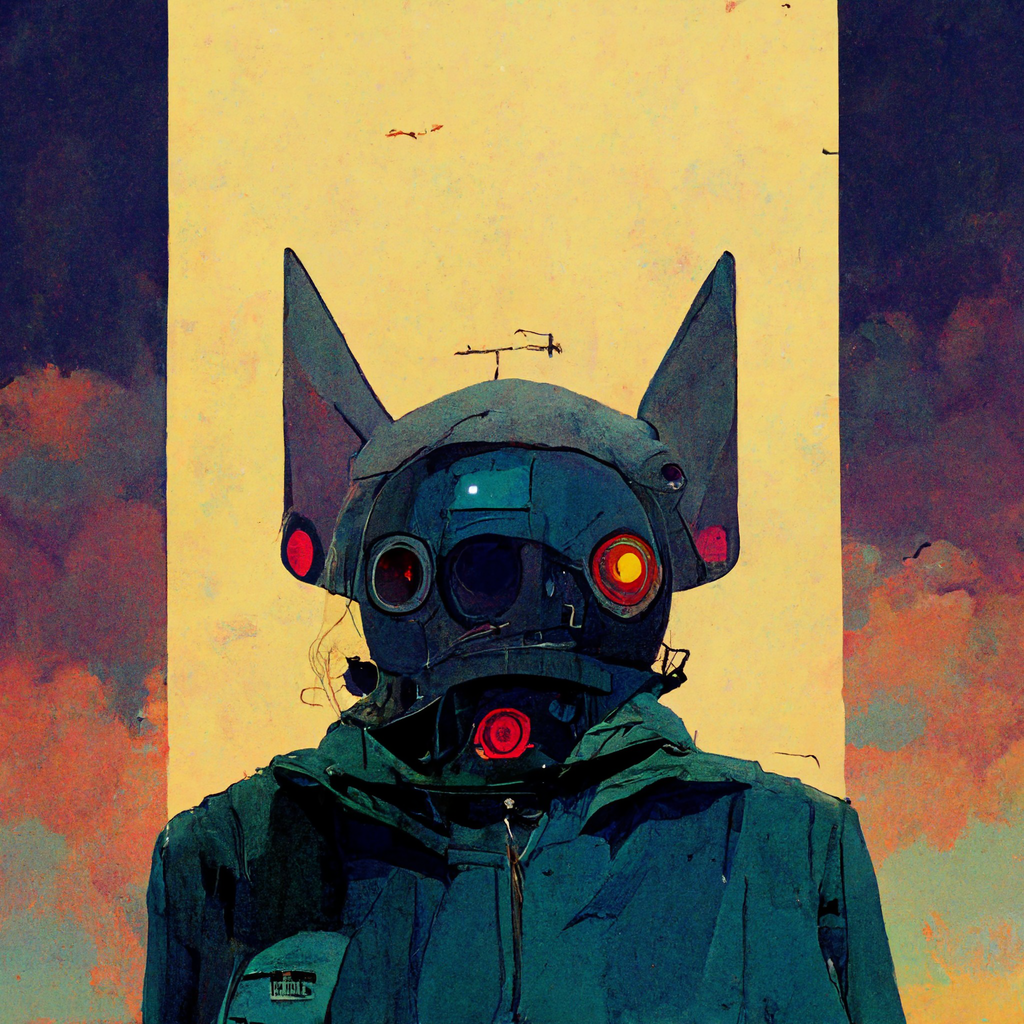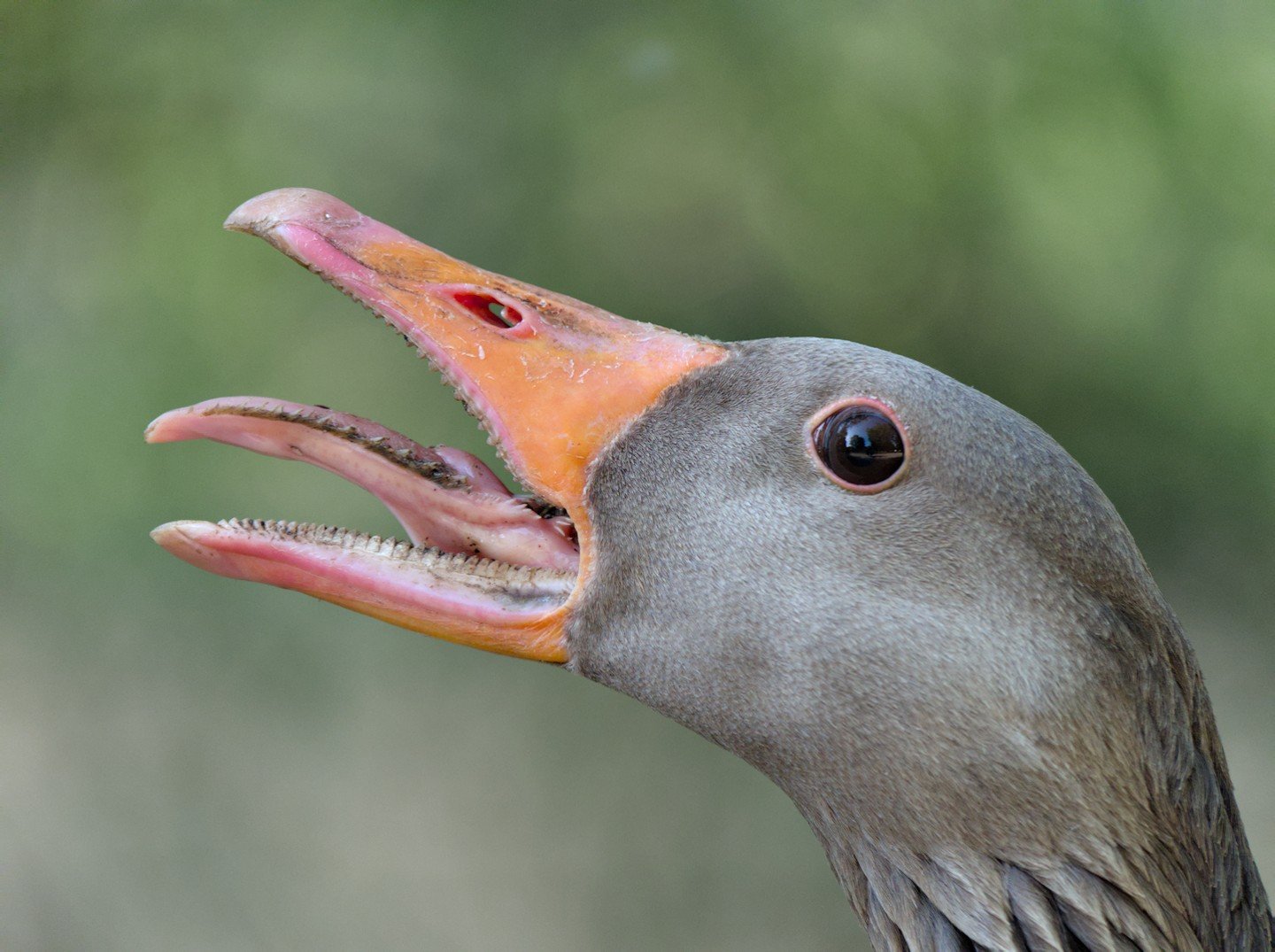I started as a pure JPEG-photographer, but Darktable sparked my interest in RAW-photography. Darktable has its quirks, especially for a complete beginner, but its manual way of doing things forced me to learn some fundamentals, instead of just sliding some sliders to see if something sticks.
What is your workflow in Darktable? Which module is a game changer for you?
These are the steps I almost always take:
- denoise (profiled): Match with the ISO of the photo, sometimes reduce ‘preserve shadow’
- Lens correction: correction method: Lensfun database. It finds my camera and lens and I like the correction most of the time.
- exposure: turn up the exposure until my subject is well lit.
- crop: to compensate my ability to hold the camera horizontal
- color calibration: I often use the eye dropper on a neutral color, or on the whole picture. Then correct the hue and chroma a bit, until my picture is as balanced as possible.
- diffuse or sharpen: Preset ‘lens deblur: medium’ to get it sharper
- diffuse or sharpen (second instance): Preset ‘local contrast’; I often turn up the iterations, I like it contrasty.
- color calibration: Preset ‘basic colorfulness: standard’ to get the picture more colorful. I often add even more saturation. What are those chroma-sliders for?
- filmic rgb: I use the eye droper for the white relative exposure. For the black relative exposure, I take a look at the darker parts and turn it down, until I can see enough details in the shadows.
I experimented a bit with the red/green/blue-channel in the color calibration module, according to Boris Hajdukovic. That was fun, but the modules ‘color equalizer’ and ‘rgb primaries’ are a bit easier to use to tweak the colors. The ‘tone equalizer’ is also often used to brighten up the darker parts of my pictures.
now what does everyone set for exports? for example what would be a good size for pixelfed and lemmy
Like others here, I’ll almost always do:
- Exposure as rendered
- Denoise (profiled)
- Haze removal
- Lens correction
I’ll frequently also enable Sharpen and either Filmic RGB or Shadows and Highlights, depending on the style I want.
I’ll sometimes crop the images.
When I actually want to do manual editing, it’ll mostly be a small tweak in the RGB levels followed by Colour balance RGB module. I’ll also adjust exposure partially, via masks, and similar other tweaks.
Very rarely ill want to heal something with Retouch.
When I’m really having fun (and time), I’ll just go tinker with everything else just to see what happens. It’s rare that I have the time, though.
I recommend to work through a few of these tutorials on youtube, as a start. Darktable’s GUI is different, but powerful once you know it. They show the general steps in an efficient order, and their idea of editing. I remember this one https://youtube.com/@maikten but I have also watched a few others.
Sorry that I can’t tell you my own workflow, but I use it in German, so I don’t know all these English names of the buttons and functions.
So, my typical process looks like this
- Exposure I normally leave as is, preferring to use other modules to fix exposure issues. There are exceptions, but generally, I leave this module alone on its “scene referred” default
- I apply haze removal, chromatic aberration, lens correction, denoise (profiled) and raw chromatic aberration without modification, though I will sometimes leave out haze removal if the image is high contrast straight out of the camera
- Tone equalizer, I tend to set to “contrast tone curve: soft”, but again, this one will get adjusted as needed.
- Local contrast. I always use this, mostly on “clarity” , but I will use HDR tone mapping if it’s a backlit subject or the like
- Sharpen. I rarely use it, as most of my photos are done with pro glass these days, but if I’ve used a tele converter or the like, I’ll sometimes use this modeule
- Colour Balance RGB. This is where I do most of my work. Up until now, I’ve use presets, but here, I use either “standard” or “vivid” as my starting point, before tinkering. For all of my adjustments here, I use the “RGB parade” panel (rather than a histogram) to watch the exposure and colour balance. I typically start on the 4 way tab, and adjust “power” and “shadows lift”. Then on the master tab, I’ll adjust the perceptual brilliance grading. This is where I correct any remaining exposure issues, and to some extent, contrast issues. Then, I’ll play with vibrance and contrast a little, just to tweak the final result.
- If I am really struggling with a poorly lit subject, or a contrasty background with a non contrasty subject, I’ll create a second (and sometimes even a third) Colour Balance RGB module, and use “drawn and parametric masks” to selectively adjust the areas I need. The killer secret to make this work is after you’ve selected your area, increase the feathering to smooth it out and blur it, and then increase the mask contrast, to make it respect borders. I find that tweaking these is best done with the mask preview turned off.
- Finally, if I’m not happy with the temperature/colour cast, I’ll use the “colour correction” module. This one is display referred rather than scene referred, so I always leave it until last. There are other options for adjusting this, but I find the ease of moving the offset point around the colour map too efficient to pass up. I can quickly move through a lot of options and find the value that looks best.
I think I’m the only darktable user to not use filmic rgb :)
My default style (in pipeline order) is:
- Contrast equalizer - my own “fine clarity” preset with luma turned down a little at the coarse end and up a little toward the fine end. I sometimes adjust the mix slider.
- Color calibration - usually as shot.
- Color balance RGB - some global saturation, with more in the shadows and less in the highlights. I occasionally adjust this.
- Highlight reconstruction - I should revisit whether to include this by default.
- Lens correction - on occasion, I turn off vignetting correction.
- Exposure - I usually tweak this a bit.
- Sigmoid - contrast 1.5 and 0 skew by default, which I often adjust.
This will almost always produce an acceptable image without any manual intervention. I tend to tweak things, but I don’t usually need to. Optional extras I’ll add are:
- Denoise (profiled) - if there’s noise I don’t like.
- Tone equalizer - usually if I have to deal with an extreme amount of dynamic range.
- Chromatic aberrations - necessary if I use a certain lens wide open in a contrasty scene.
- Color zones - rarely, for more creative color edits.
- Retouch - if there’s sensor dust or occasionally an unwanted object.
- Filmic RGB instead of Sigmoid, if I’m not getting the results I want, especially in the highlights.
The contrast equalizer looks like a very powerfull tool, I will try to get it to know better. And your “fine clarity”-recipe looks very promissing, thank you for sharing.
Here it is as a style:
<?xml version="1.0" encoding="UTF-8"?> <darktable_style version="1.0"><info><name>fine clarity</name><description></description></info><style><plugin><num>0</num><module>2</module><operation>atrous</operation><op_params>gz04eJxjZ4CAs2d87M6eOWM3a6akPZBtz8DQYE9r8cvrvtlVuDHb/9Lgtv9wkgcoDsFpaWxYMVCPHXZMKmiwBwBT6kSS</op_params><enabled>1</enabled><blendop_params>gz11eJxjYGBgYAZiCQYYOOHEgAYY0QVwggZ7CB6pfOqC/0AAogFn5h0D</blendop_params><blendop_version>13</blendop_version><multi_priority>0</multi_priority><multi_name>fine clarity</multi_name><multi_name_hand_edited>0</multi_name_hand_edited></plugin></style></darktable_style>
There is nothing I do consistently except denoise. Every picture is it’s own challenge!
I’m extremely new to all of this. I like the look of dehaze as well. Not sure the difference though.




